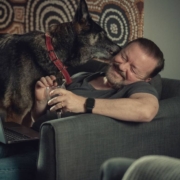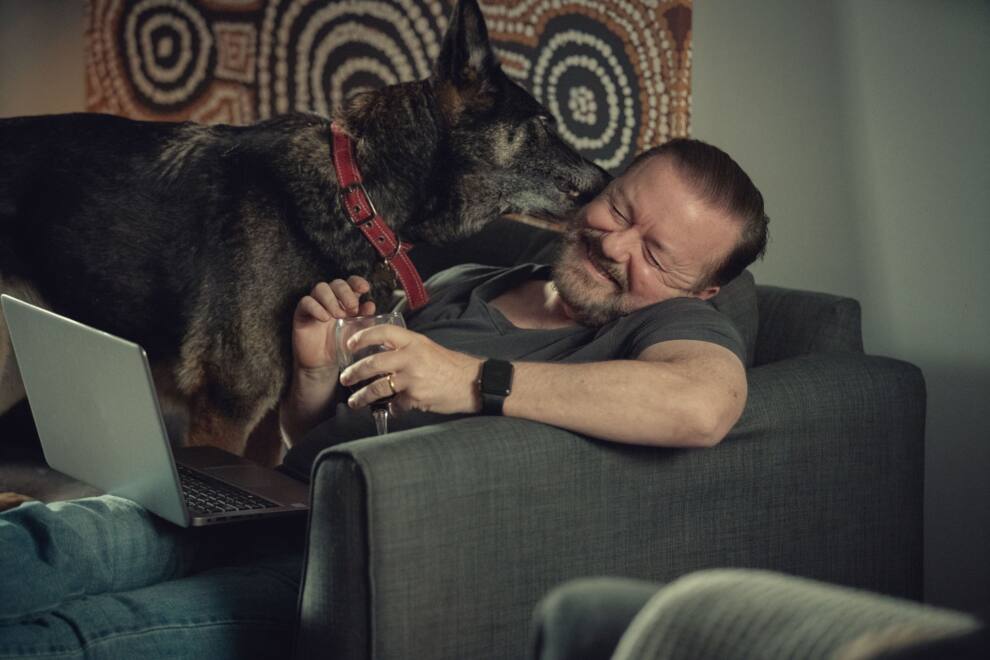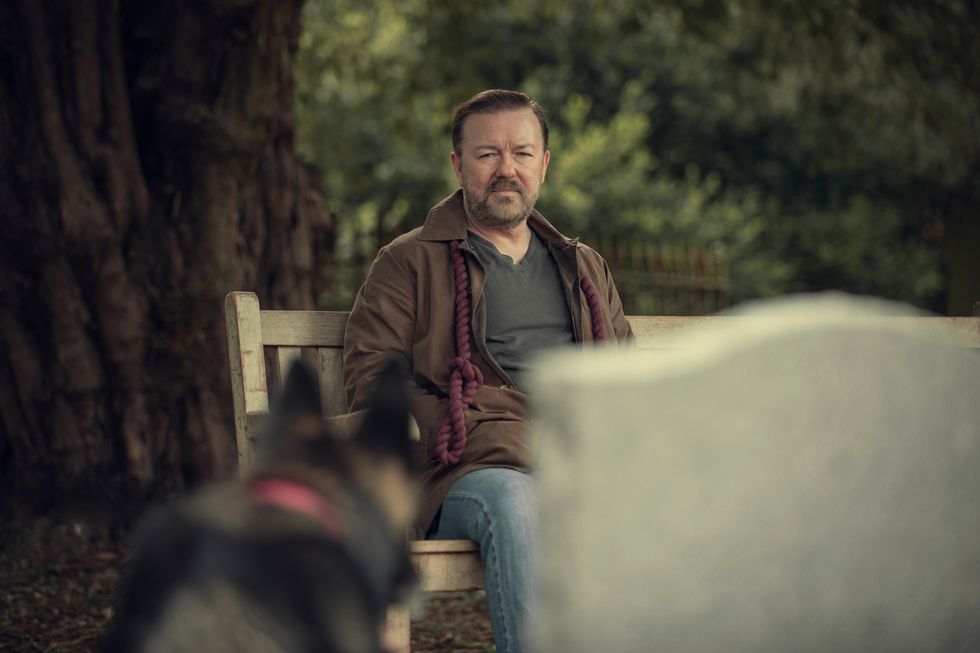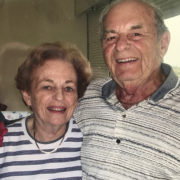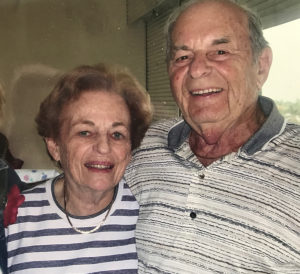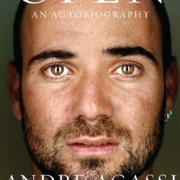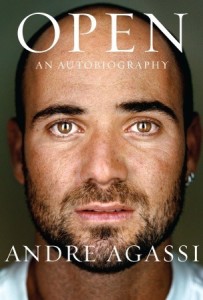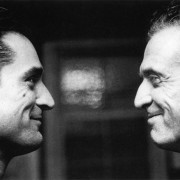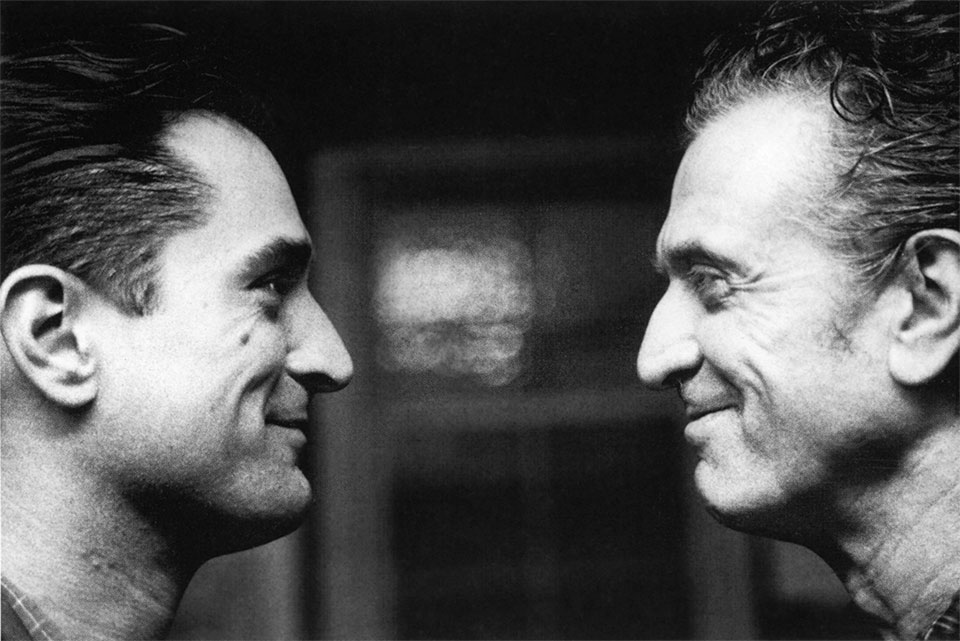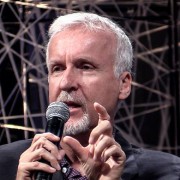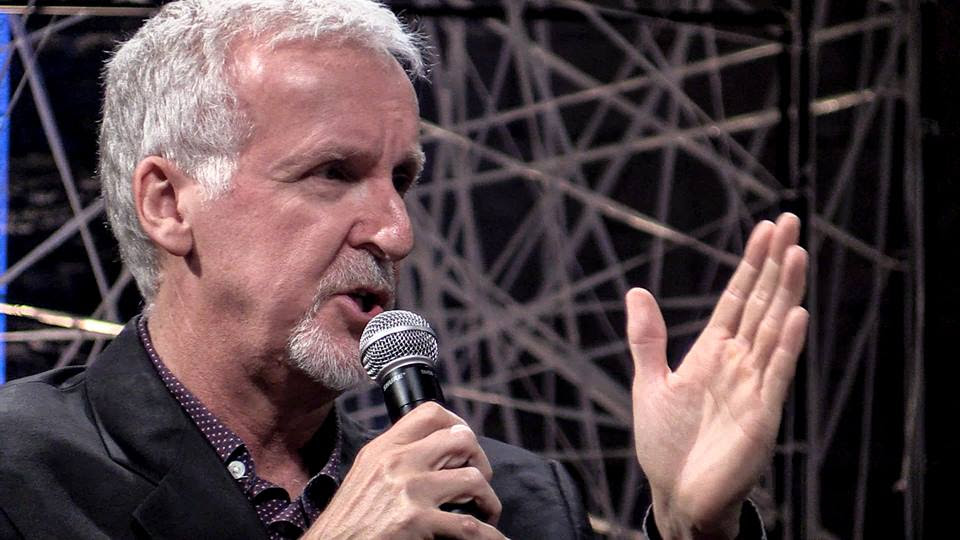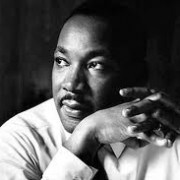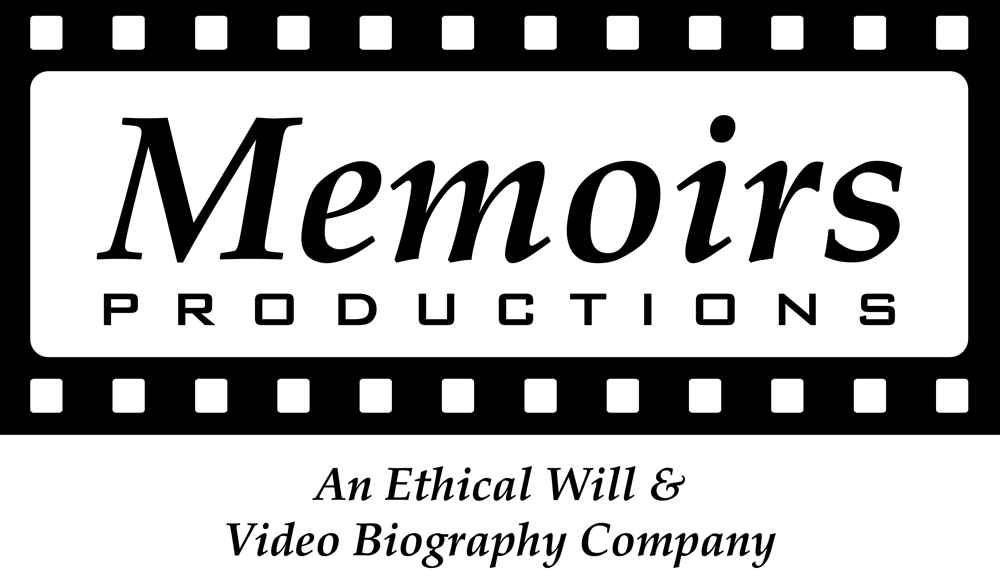Unlocking Conversational Treasures: The Grandparent-Grandchild “Ask Me Anything”
In the tapestry of life, there’s a unique thread woven with laughter, wisdom, and endless love—the bond between grandparents and grandchildren. This relationship, often described as one of life’s greatest treasures, holds the key to a wealth of untold stories and valuable lessons shared. It’s the connection that transcends generations, nurturing the roots of our family tree.
But have you ever considered asking your grandchildren to interview you? Akin to conducting an “Ask Me Anything” (AMA) session with a real-life sage—you.
In today’s fast-paced world, where the answers to any question are often just a click away, the art of conversing — even with grandparents — sometimes takes a back seat. However, there’s magic in those conversations that cannot be replicated by searching online.
We recently directed and recorded an AMA interview session between a 70+ year old client and his young adult 20+ year old grandchild. My crew and I were all moved by the profound impact of the experience, as we watched it unfold for them. As they embarked on their AMA journey, we discovered an even deeper connection and a newfound appreciation that was evident for each other.
The questions asked were not just about the past but also about aspirations, dreams, life lessons and hopes for the future. The result? An amazing recorded video conversation – originally intended to be 30-40 minutes, ended up being close to 90 minutes– and it all felt like 5 minutes! The discussions, touching moments, and even shared laughter left an indelible mark on both of them, as they told me afterwards. And without any prompting from me– the grandchild declared how grateful he was to now have this legacy video as something to show his grandchildren one day!
So, dear grandparents, consider this: seize the opportunity to invite your grandchildren to embark on their own “Ask Me Anything” adventure with you. Let the magic of storytelling and shared experiences bridge the generational gap. Encourage them to capture these precious moments using their smartphone cameras, for in the years to come, these recordings will be cherished heirlooms (as long as they remember to back them up)!
In a world of constant change, the bond between grandparents and grandchildren remains a steadfast anchor. It’s a timeless connection that only grows richer with each shared story. Embrace the unique opportunity to have your grandchildren ask you about your life, for your words are more than answers—they are the keys to understanding your family’s legacy.



